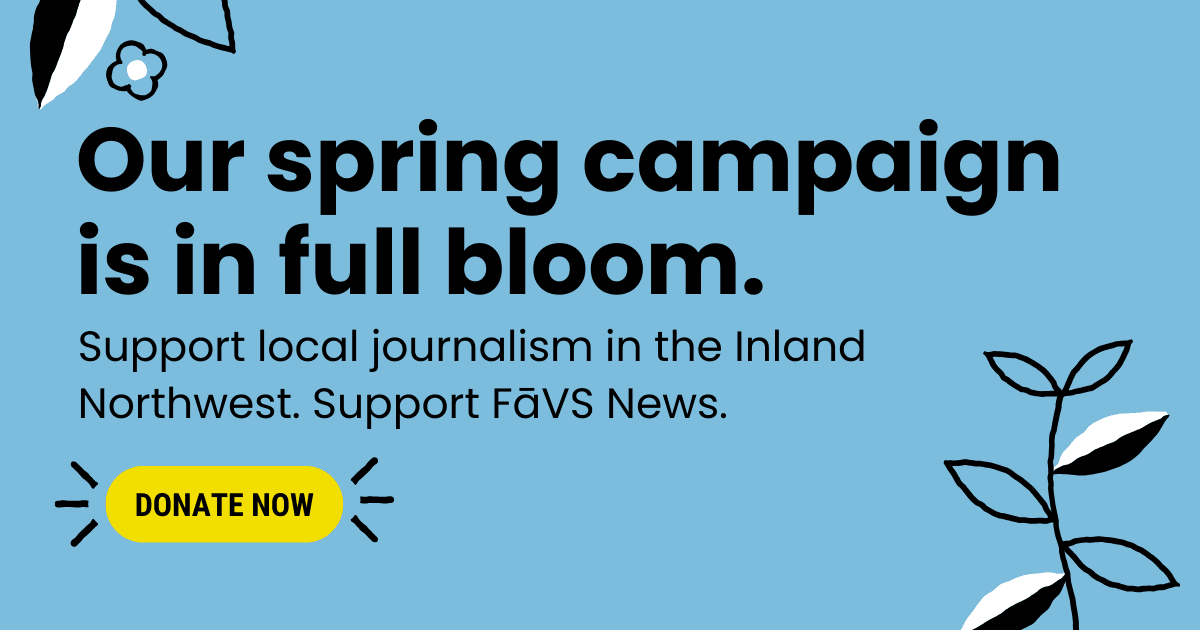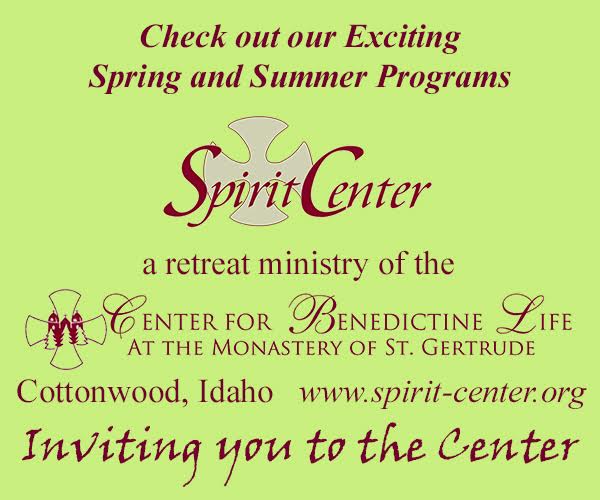What Does Support Look like for POC in Spokane Education and Gonzaga?
Recently I’ve had a conversation with a fellow classmate who has attended two different school districts in Spokane. In this conversation, I gained insight about the differences between districts, and it led me to wonder what the support of Gonzaga looks like in its surrounding communities – especially, considering that Gonzaga is in the middle of a neighborhood that is majority low-income, first-generation, and diversified.
During my time as a Summer Fellow for Rogers High School last summer, I worked with incoming freshman who were thinking about their long-term goal, in most cases, Gonzaga was not in the vision. In the overview of Gonzaga, it is seen as the privileged, “castle on the hill” image.
As a student attending Gonzaga, that view is accurate. Gonzaga, is a predominantly white institution, with the top basketball team in the nation. It is a bubble of its own.
Before my fellowship, I only knew of Gonzaga, and saw my view of Spokane through the lens of the Gonzaga bubble. Until I spent the summer working in the Spokane School District, I recognized the demographics between Gonzaga and Spokane, differed drastically. I was working with more students of differing identities that attended surrounding elementary schools, Shaw Middle School and Rogers High School.
At Gonzaga, I feel that the dominant culture, heavily leads towards identities of whiteness. And so, in doing community work for the surrounding communities, it becomes difficult for young students to envision themselves at Gonzaga, when there is limited representation.
When having a conversation with Leslie Campos, a current sophomore at Gonzaga, who has transferred between the Spokane School District to the Mead School, she said that even in considering scholarships to the surrounding universities, they were particularly geared towards “model-minority students” meaning, students with marginalized identities that have been going the extra mile to be recognized – while this is always encouraged it’s important to note that there are students already having to prove themselves at another level. These extra steps just to showcase their ability to keep up with the “college culture.” This alone, sets a disadvantage for the students that have the inability to include themselves in extracurricular activities, community service, AP classes, etc.
Campos also said that when Gonzaga staff would attend school college fairs, the representation came from white individuals, and although it wasn’t explicitly said, there was a further push for white students to view Gonzaga as an accessible school. While the focus for other students were community colleges or military. Campos felt that, even though it was never outwardly said of what secondary plans would look like for her – from the outside perspective, there was a feeling of “undercover microaggressions.” A time she felt this was in her AP classes where the classroom was predominantly white, yet her class was consistent in tokenizing her perspective in the classroom.
She states, “I wasn’t seen as an individual, I was seen more like a community.”
This statement is a universal occurrence for many students with identities that differ from the dominant culture.
Around Gonzaga, there have been a lot of conversation surrounding the questions
“How do we provide support for our students of color?”
“How do we diversify Gonzaga?”
“What can we do for our community?”
The answer is always answered by the third perspective on the administrative level, even if there is insight from the first perspective.
We think that there has been improvement since Gonzaga now has a 30% diversity rate, but what has that done for the attending students, and has that had any impact for future students that live in the Spokane area?
To truly show support of all students, the system needs to address its automatic assumptions towards identities and communities. As a Gonzaga community, there needs to be an established pipeline that encourages students that universities in this area are in their range. But with that pipeline, it’s important that there is representation of multiple identities than just the dominant identity of whiteness.
Our students that attend the lowest-income school districts deserve to be seen as capable as the students that attend a school like Gonzaga Prep.
As for the support of Gonzaga, to gain more than a fabricated support would make the difference in students of color feeling like the are more than a tokenized voice on campus.







